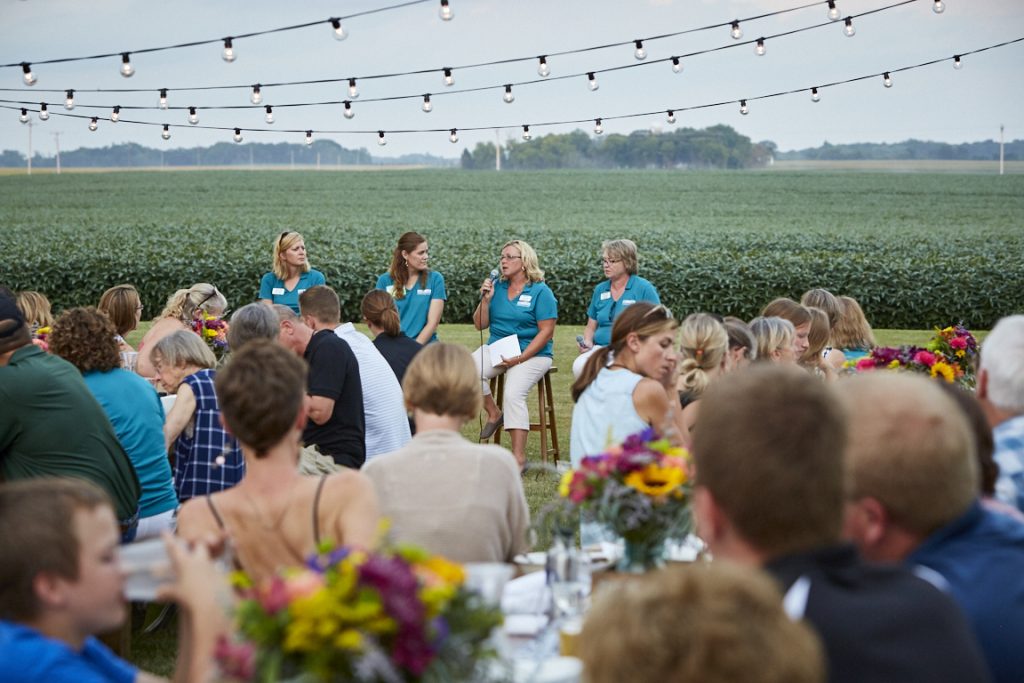Farm Practices
What happens on an organic farm?
Carolyn Olson is an organic corn, soybean and wheat farmer and mom from Cottonwood, Minnesota.
My husband, Jonathan, and I began transitioning our farm into an organic farm operation in 1998 and became 100 percent certified in 2011. Now we grow organic corn, soybeans and small grains on about 1,100 acres of land in Cottonwood, Minnesota.
We took our time with the process, spending about 13 years transitioning just one field at a time. Farming organically is different than what we were accustomed to as conventional farmers, and we wanted to make sure we could keep up with the workload – and the paperwork.

Every year, we file an organic systems plan, or what the plan is for the year, including:
- The variety of seeds we’ll plant
- How we’ll control pests and weeds
- What our tillage plan will be
We now grow corn, soybeans, small grains, cover crops, and alfalfa. Our crop rotation has gone from a 3-crop rotation to an extended rotation.
We also plant cover crops – crops grown between regular grain productions – which not only help suppress weeds but also lock in a lot of helpful nutrients. We seed the cover crop on the small grain fields after they have been harvested to keep roots actively growing in the ground as long as possible.
Our rotation plan helps with the pests, but weeds can be a problem as well because, as we say, Mother Nature always wins.
For weeds that survived our system-based approach, we employee mechanical-based methods by tilling our fields or using a rotary hoe, a piece of machinery with blades that stirs up soil and kills weeds. We also use unique cultivators and harrows that have finger-weeders on them. And, we use a flame weeder in our corn.
The last line of defense is to seek permission to apply products that will help control pests. But even then, we can only treat our wheat. To promote plant health, we will use products that make the wheat an unsuitable host for microbes, kind of like a probiotic instead of an antibiotic.
But before any applications can be approved, we have to show that we’ve tried system- and mechanical-based approaches.
If crops become too damaged, we just have to accept a loss.
We may not all farm exactly the same way, but there are as many similarities as there are differences.
It’s tough, but we’re thankful that we have supportive neighbors. Many of them are conventional farmers, and they’re always careful to spray their fields on calm days to ensure the treatment won’t reach our fields.
It’s a kind of understanding. We may not all farm exactly the same way, but there are as many similarities as there are differences. We’ve found that it’s all about getting along and looking at the big picture that we have in common: the need to provide safe food for all of our families regardless if it comes from a conventional or organic farm.




